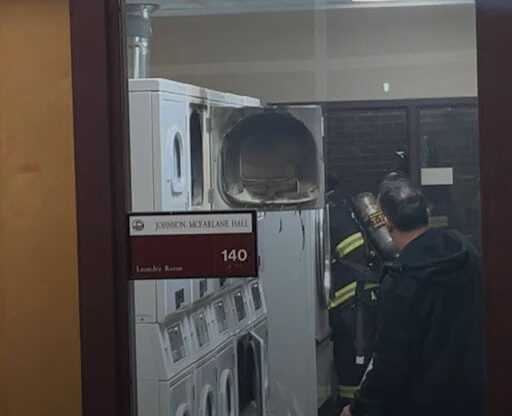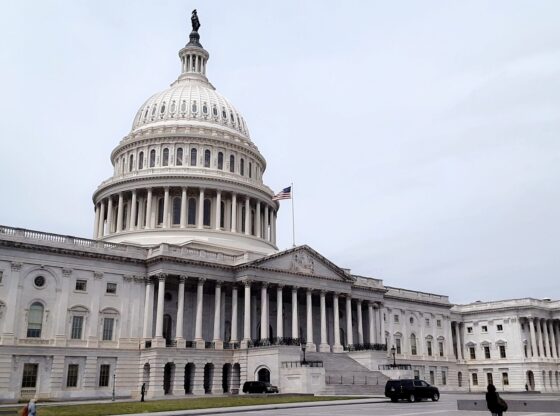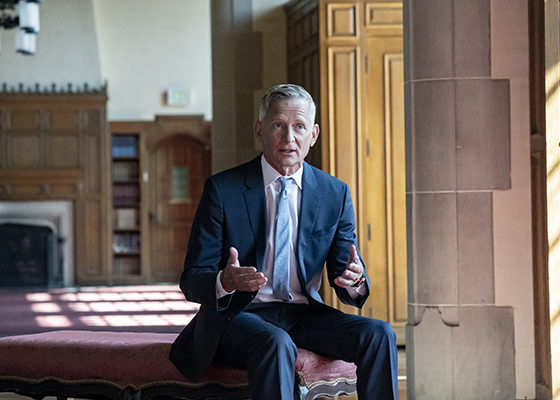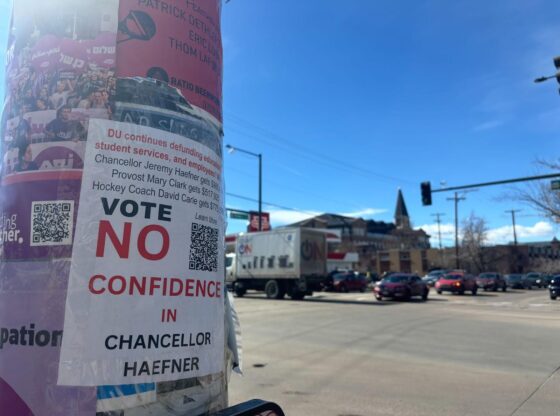Even though there is no presidential election in 2013, Colorado has an important ballot measure of its own this November. It is a voter referendum on Amendment 66, which will change the state constitution with regards to how education is funded in the state. The amendment is important to school districts across the state, and a ‘yes’ vote will put Colorado on the right track to a better public education system.
The essence of Amendment 66 asks voters to approve an income tax increase to raise $950 million for schools in the state. The tax increase will cost the average Colorado family about $133 per year, using a two tiered system to calculate tax liability. The current 4.63 percent flat tax on income will end, jumping to five percent for individuals earning less than $75,000 per year and 5.9 percent for those earning more than $75,000. Colorado will still be one of the states with the lowest tax burden in the country.
The funds raised will help to reduce class sizes, provide more one-on-one attention for all students and ensure that new money is used only for education reforms or enhancements to existing programs, according to Colorado Commits to Kids, a group promoting Amendment 66.
Schools will have the ability to hire thousands of new teachers, and districts will have more flexibility to restore funding for art and music classes, sports and transportation and other programs that were cut due to the budget woes of the past few years. Colorado schools have experienced more than $1 billion in budget cuts in the past several years while more students enrolled in that same timeframe.
Under Amendment 66, $165.6 million will be spent on full day kindergarten, $77.5 million for preschool, $100 million for education-innovation grants and $381.3 million for student testing and professional development. It also funnels more money to English as a second language students, charter schools and at-risk students.
The amendment will also alter the formula of the way the state counts student enrollment from a one day count of student enrollment near the beginning of the year that determines funding for the full year to a year long tally to transfer funding when students transfer schools. That is, funding will be able to follow students if they move to a new school partway through the academic year.
According to state senator Mike Johnston, who has pushed forward the amendment, the biggest and most important part of a state’s spending budget is K-12 education, which is why it is so important to approve the amendment. He mentioned that Department of Education Secretary Arne Duncan said the most important piece of educational progress in the country this year is Colorado and Amendment 66, at a town hall meeting at DU on Oct. 14. He also noted that rural districts without the population base to support school upgrades were the biggest winners.
Foes of the amendment say the tax burden is too great to throw onto the Colorado economy in a still fragile recovery and that there are unfair differences in districts’ return on investment. For example, Douglas County will pay more in new taxes than its school district will receive back in order to subsidize less affluent areas of the state.
In a Denver Post article on Oct. 14, Governor John Hickenlooper argues that “it allows us to go out and say it’s the most comprehensive education reform initiative in the history of the U.S. And if is it passes, it will make us a national model for public education.”
Amendment 66 is an important and crucial step forward in funding for all of Colorado’s public school districts. Even though we will not vote for a new president or congresspeople, don’t forget to head to the ballot box next month to cast your ‘yes’ vote on 66.











